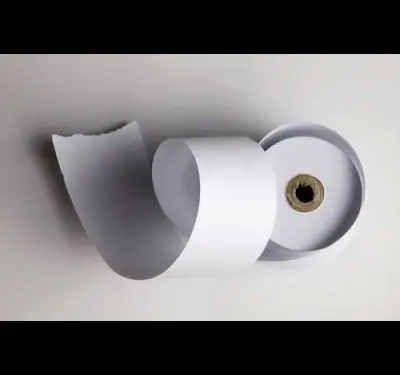New Year's holidays, carnivals, children's parties, theatrical and circus performances, skits and performances - this is not a complete list of events and events at which a variety of masks can be used. You can create a mask of any shape using the ancient and generally recognized papier-mâché technique, which is so simple that even a child can cope with the creation of such a mask. There are materials for papier-mâché in every home, and the advantage of this material is its complete harmlessness and hypoallergenicity for the skin of children and adults.

Instructions
You will need plasticine, PVA glue and newspapers. Blind a volumetric form for a mask out of ordinary or sculpted plasticine, then tear the newspapers into small pieces and, wetting the pieces of paper in PVA glue, carefully cover the mask blank with a thick layer of newspaper scraps.

Cover the blank with four layers of paper, additionally covering each with glue for strength. After the fourth coat has been applied, leave the garment to dry. After an hour, apply four more layers of paper to the dried base in the same way. If the mask needs to be larger, add a few more layers.

Glue the workpiece again with glue and dry it for an hour. After drying, cover the workpiece with pieces of thicker white paper dipped in PVA.

Wait until the workpiece is completely dry and remove the plasticine form, being careful not to damage the outer paper mask. Trim the edges of the mask to clean and shape the mask, then paint it with gouache and decorate it with additional decorative accessories - sequins, sequins, feathers, and so on.

The more layers of paper in your mask, the stronger the papier-mâché will be. If there are enough layers of paper, you can sand the surface of the mask with sandpaper and varnish the surface. Make two slits around the edges of the mask for the elastic or tape.






